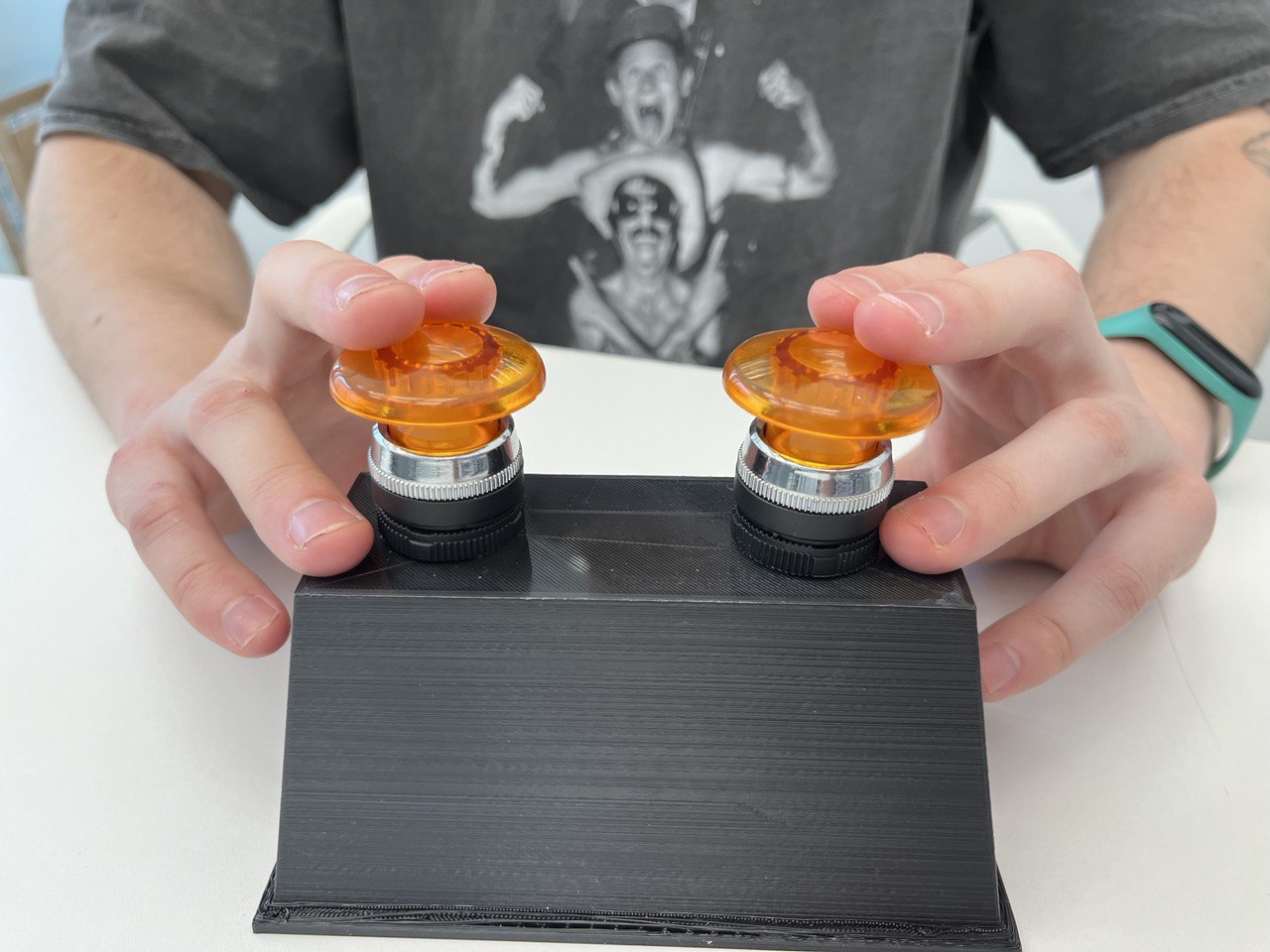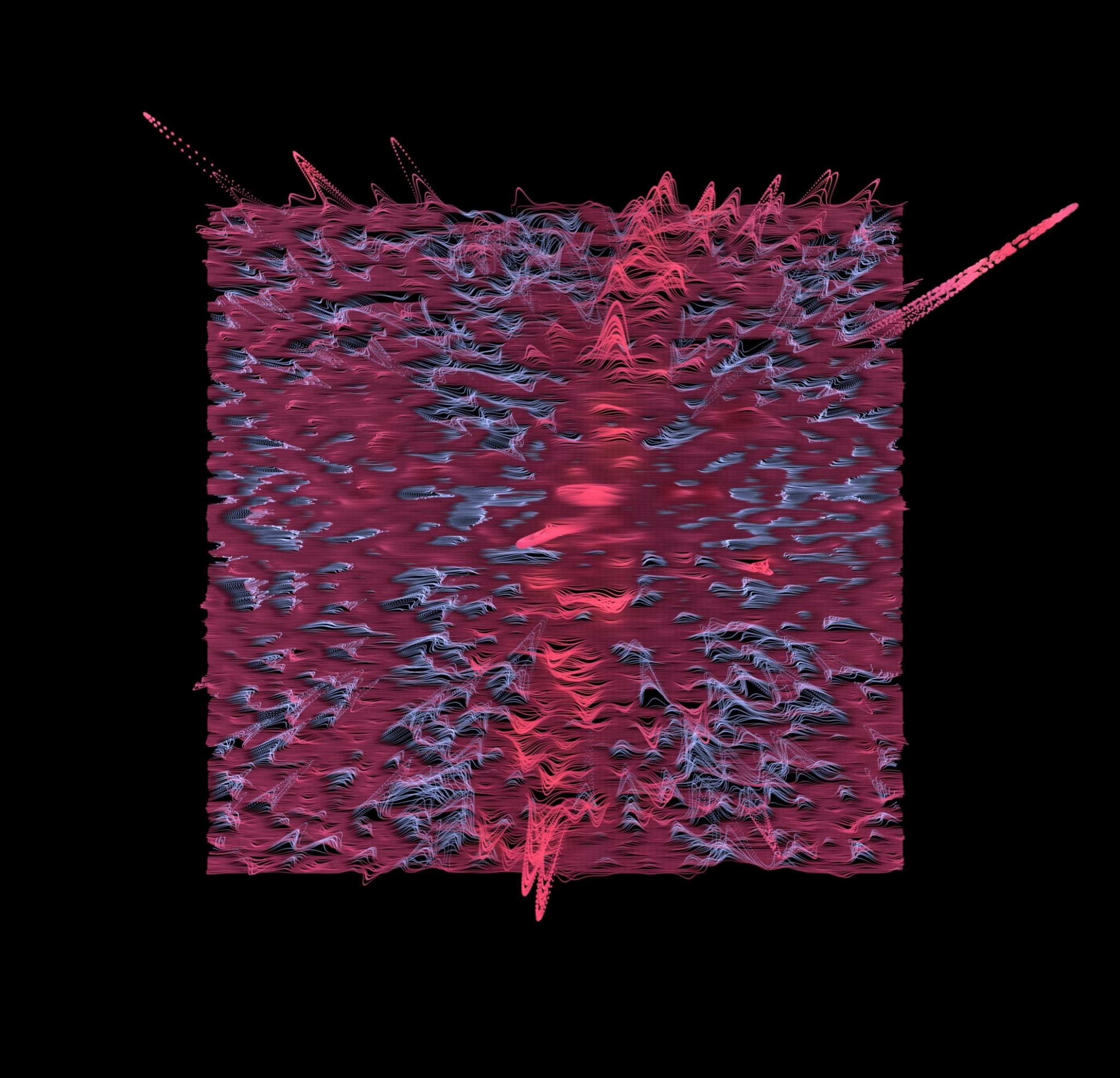Scientists have established how the activity of our brain during imaginary movement differs from that during real action. It turned out that in both cases, a previous signal occurs in the cerebral cortex, but with an imaginary movement it does not have a clear link to a specific hemisphere. The obtained data can potentially be used in medical practice to create neuro trainers and control the restoration of neural networks in post-stroke patients. The results of the study, supported by a grant from the Presidential Program of the Russian Science Foundation (RNF), are published in the Cerebral Cortex journal.
Before we pick up a pen or put down a cup, a complete picture of this action is formed in the brain. Such visual-motor transformations ensure the accuracy of our movements. Knowing about these mechanisms help patients to restore motor activity after strokes. But we don’t always finish the movement we started. In this case, visual information enters the motor areas of the cortex responsible for movement, but the start of the reaction is blocked at some point, and mental effort does not end with real muscle activation. It is still unknown how brain activity before an explicit movement differs from that which occurs before an imaginary action. This is exactly what the researchers decided to find out, since understanding our movement at the brain level will improve the technique of motor rehabilitation after a stroke.
Scientists from the Skoltech and Moscow State University compared visual-motor transformations in real and imaginary movements. To that end, the authors conducted an experiment which involved 17 volunteers with the average age of 23 years. The subjects placed their hands on a panel with two buttons that were periodically illuminated, while the participants had to follow only one of the two buttons. As soon as the button was lit, the actors had to press it or imagine how they were doing it, depending on the request of the scientists. During the experiment, the researchers recorded the electroencephalogram of the volunteers. Then the neuroscientists evaluated the signals of the cortical regions associated with the preparation for movement and the appearance of sensory sensations in the hands during the movement.
With imaginary and real movement, the glow of the button caused the activity of the sensorimotor cortex, but only in the case of real movements, this activity was observed mainly in one hemisphere. The authors argue that a signal that occurs in the brain before the start of movement (the so-called preceding signal) indicates the transformation of visual stimuli into movement. The preceding signal turned out to be the strongest over the frontal-central regions in the hemisphere opposite to the active limb. That is, when a person pressed the button with his right hand, the left hemisphere was activated, and vice versa. At the same time, the duration of the preceding signal increased if the person reacted more slowly to the light of the button and pressed it with a delay.
The preceding signal associated with the imaginary movement was not associated with a specific hemisphere of the brain. Arousal accumulated in various areas of the sensorimotor cortex before movement, which indicates that the formation of a mental image in imagination and in real action occurs in different ways.
The authors also checked whether any signals appeared in the volunteers’ brains when a button on which the participants did not focus their attention was lit. It turned out that in response to non-targeted stimuli, the volunteers also had a preceding signal, although it was much weaker than the target and had a shorter duration. The presence of such a non-target signal indicates that when making decisions in the brain, visual information is first evaluated, and then a decision is made to block movement. At the same time, non-target signals also indicate that the motor areas of the cortex do not remain inactive during the evaluation of the stimulus, and only the presence of a previous signal does not necessarily lead to an immediate motor response.
“A stroke results in the disruption of a balance between inhibition and arousal in the cerebral cortex, as well as the disruption of interhemispheric interactions, and interactions of the motor cortex with visual areas. We propose using motion-related cortical signals to assess the state of brain networks responsible for converting visual signals into actions in stroke patients. They can also be used to analyze how successful rehabilitation is. This approach will be highly sensitive, since it will allow recording improvements in the state of the motor systems of the brain even before they manifest themselves in the movements,” said Nikolay Syrov, a senior research scientist at Skoltech, one of the participants in the project supported by an RNF grant.
Contact information:
Skoltech Communications
+7 (495) 280 14 81


